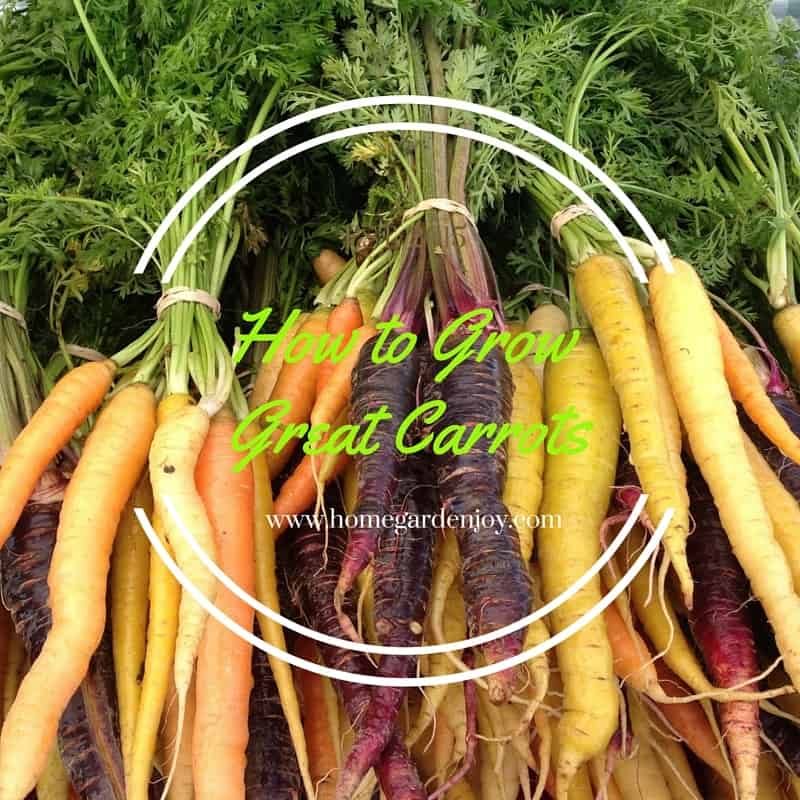
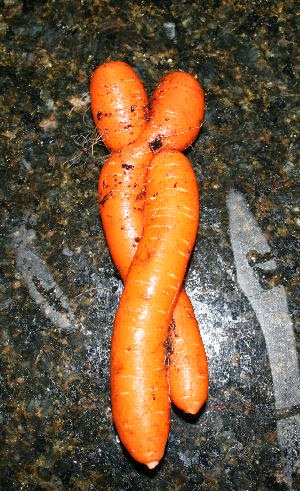 |
| Oops. We weren’t thinned…and we hit a rock… |
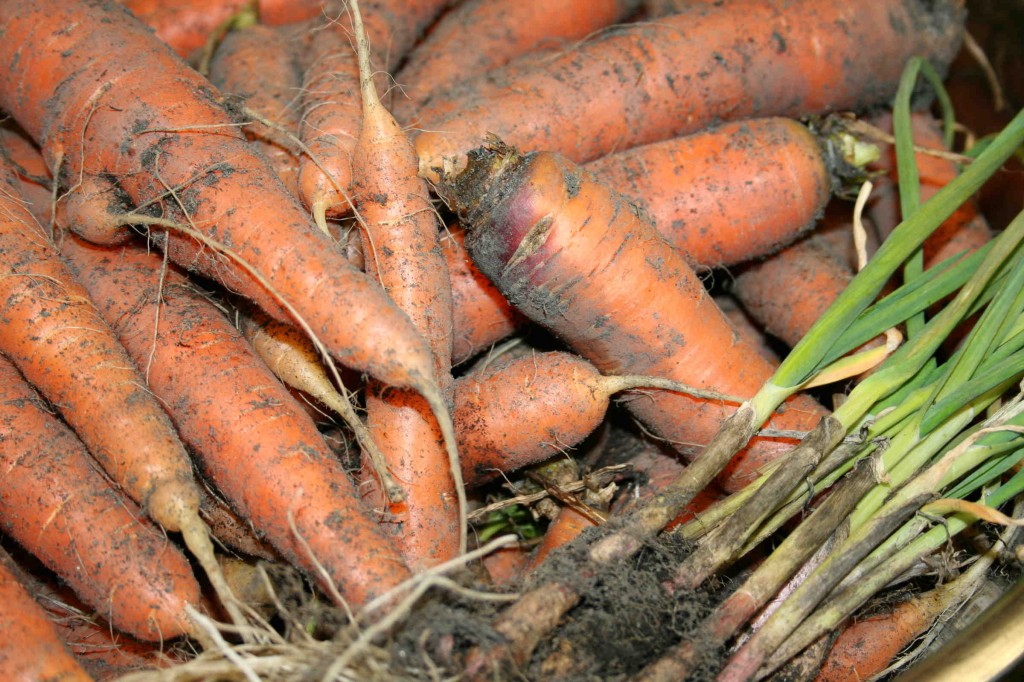

by Jeanne

 |
| Oops. We weren’t thinned…and we hit a rock… |


[…] Carrots in the Home Garden […]
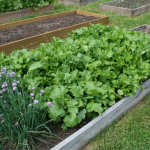
If you’re thinking about building a vegetable garden this year, raised beds are one of the best ways I know of to start a vegetable garden. Instead of renting a rototiller or hand-digging the soil, adding amendments and turning it all under to create a good garden bed, you start with the best soil mixture…

I’ve put together this henbit plant profile to spotlight a lovely plant – which many gardeners consider a weed. Weed or flower? To me, it’s a matter of perspective. Every spring, at least one of my raised beds is covered in a thick mat of henbit. Henbit is both lovely and practical despite being labeled…
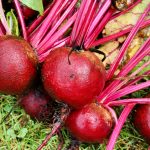
I wrote this Ultime Guide to Growing Beets to share my techniques for growing tasty, organic beets. Beets are a powerhouse of nutrition. Both the beetroot and the leaves and stems are edible. You can also can beets and beet greens to store them for year-round use. Here, I share with you a full guide…
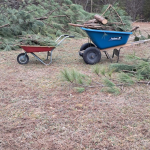
Even though it’s cold and snowy out, winter homesteading projects beckon. As I write this, snow is falling in sheets outside my office windows, covering the orchard trees with a blanket of white. Last week, an ice storm knocked power out for 36 hours – and knocked pines down every which way. We had poles…
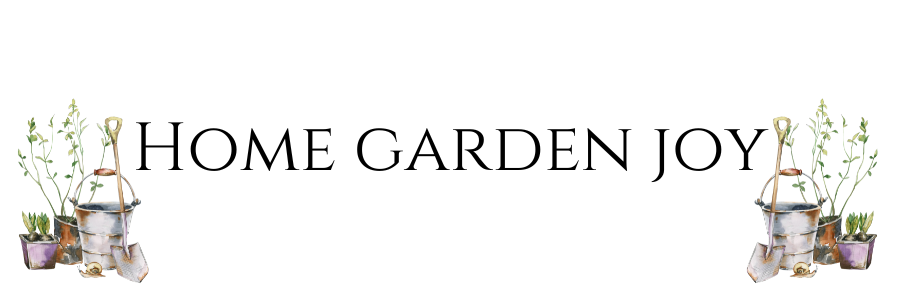
I love carrots! I always make it sure that I have at least two carrots left in my fridge.
I enjoyed reading your post, and I hope to come back soon and read more about other vegetables.
Good info. Carrots are the next thing to plant on my list. We’re actually getting a little rain and a little snow right now. Another cold snap is slowing my planting but I’m glad for the moisture. I have a spot in my raised beds just waiting for the carrot seeds.